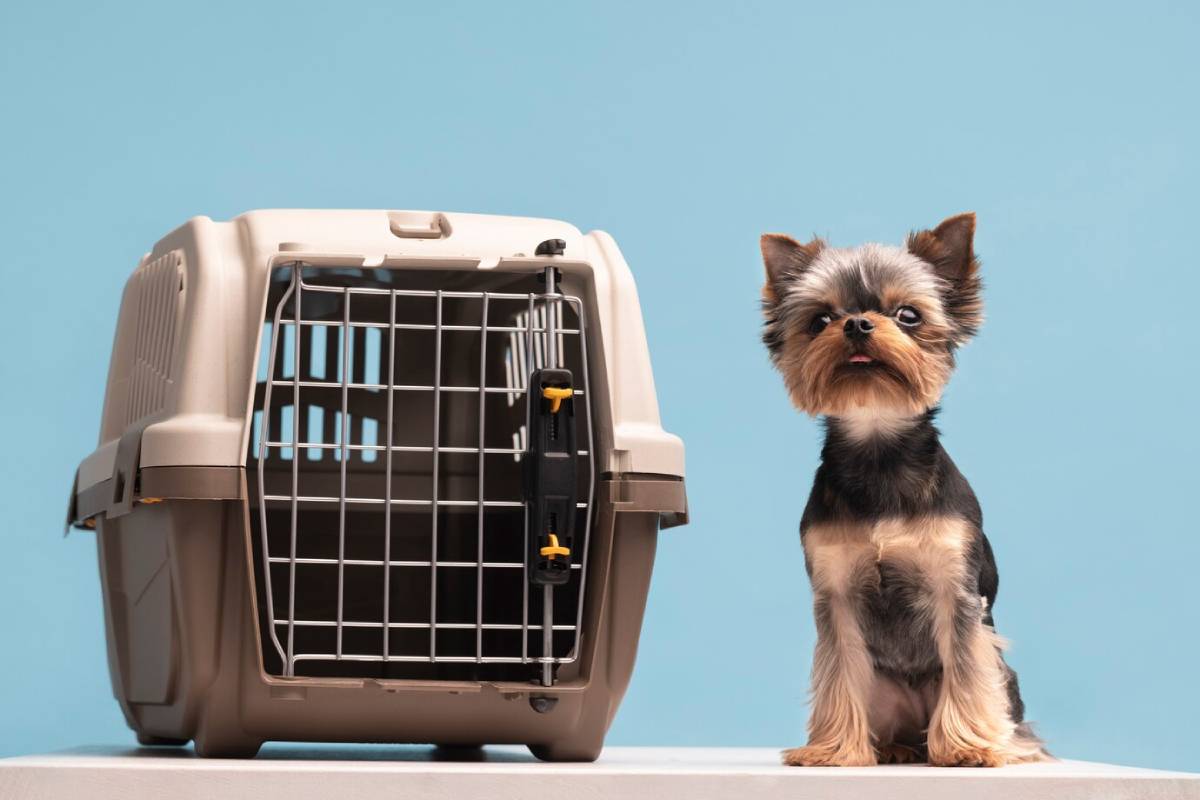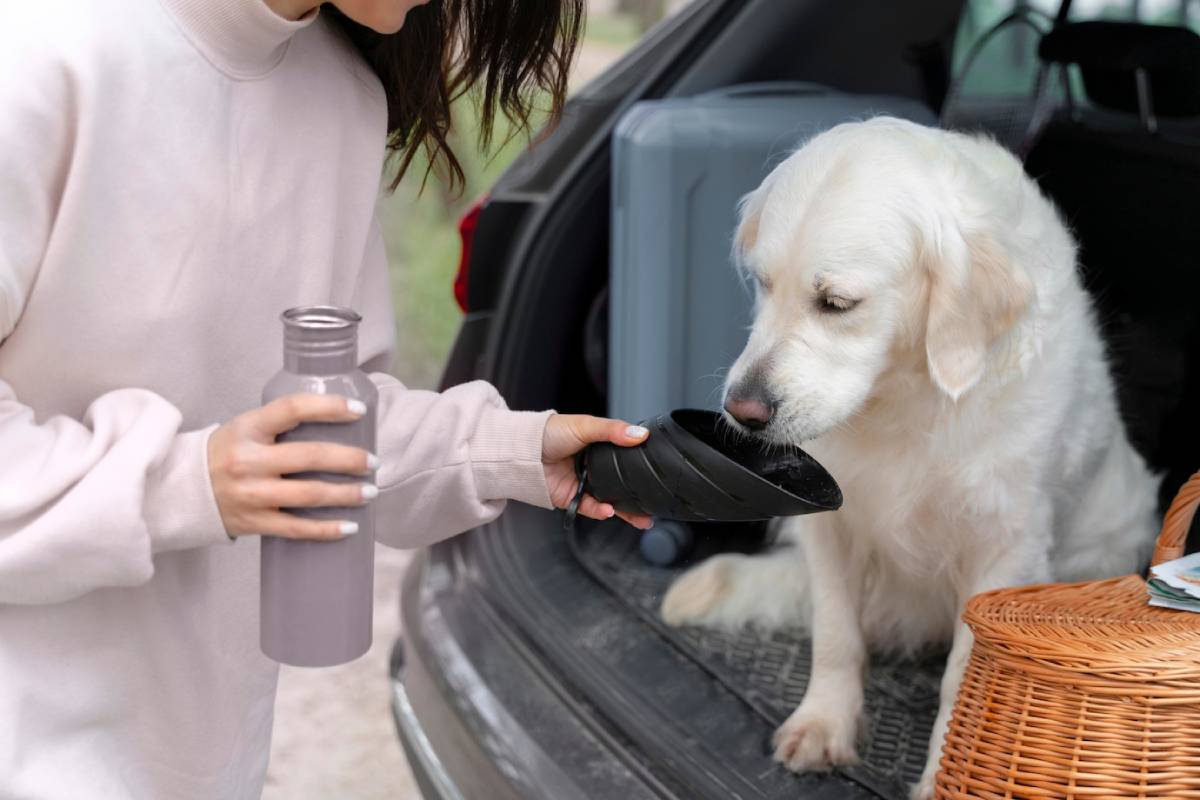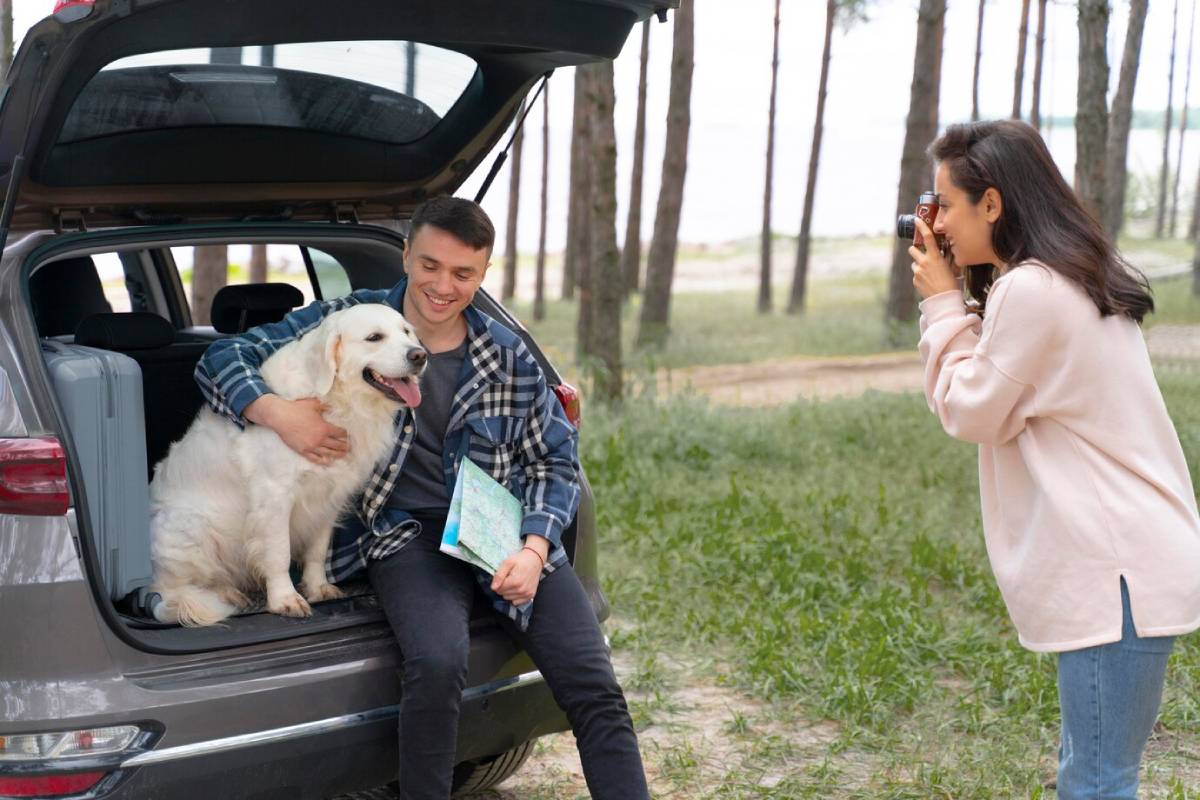
Road Trips with Pets: Safety Measures and Comfort Tips
There’s something undeniably special about a road trip—the open road, spontaneous detours, and the joy of shared adventure. And when your four-legged friend comes along for the ride, it becomes even more memorable. Whether you’re planning a weekend getaway or a cross-country journey, travelling with pets requires extra planning to ensure both safety and comfort.
From packing essentials to choosing the right restraints, this guide covers everything you need to know about pet car travel safety and creating a stress-free road trip with dogs and cats. With the right preparations, you and your pet can enjoy the ride just as much as the destination.
Planning Your Trip: The Pet-Friendly Approach
Before setting off, take time to plan your route and destination with your pet’s well-being in mind.
- Check pet policies at accommodations—confirm that hotels, campsites, or rentals are pet-friendly.
- Map rest stops where your pet can stretch, relieve themselves, and get a drink.
- Research local vets along your route in case of emergency.
- Keep routines in mind—try to maintain regular feeding and walking times to reduce stress.
Planning ahead helps reduce surprises and ensures your pet feels secure throughout the trip.
Pet Car Travel Safety: Securing Your Companion
Unrestrained pets can be a danger to both themselves and passengers. Securing your pet properly is one of the most important safety measures.
For Dogs:
- Harness and seatbelt attachment: A crash-tested harness keeps your dog secure in the back seat.
- Crate or carrier: Especially effective for small to medium dogs; ensure it’s large enough for comfort.
- Dog car seat: Ideal for small breeds; offers restraint with a better view of the surroundings.
For Cats:

- Cat carrier: Secure it with the seatbelt on the rear seat. Choose a well-ventilated model with room for movement.
- Cover the carrier: Cover it with a blanket or towel if your cat is anxious—it can help reduce visual stress.
Never allow pets to roam freely in the car or sit on your lap while driving. Also, avoid letting dogs hang their heads out the window—it’s risky for their eyes and ears.
Comfort Tips for a Happy Journey
Ensuring your pet is physically and emotionally comfortable will make the trip more enjoyable for everyone.
- Exercise before departure: A long walk or play session helps release energy and calm nerves.
- Maintain a comfortable temperature: Use air conditioning as needed, and never leave pets alone in a parked car.
- Use familiar bedding or blankets: Their scent helps soothe anxiety and encourages rest.
- Play calming music: Gentle background sounds can reduce nervous behaviour, especially for cats.
- Bring interactive toys or chews: Keeps dogs occupied and mentally stimulated during longer stretches.
Frequent reassurance through gentle voice or short petting breaks (when parked) also helps your pet feel safe and loved.
Packing Checklist: Road Trip Pet Essentials
Just like you, your pet needs a travel kit. Pack these items for a smooth and safe journey:
- Travel crate or seat harness
- Lead and collar with ID tags
- Water and a collapsible bowl
- Food and treats
- Waste bags and litter tray (for cats)
- Towel or blanket
- Favourite toy or comfort item
- Pet first aid kit
- Vet records and microchip info
- Cleaning supplies (wipes, paper towels)
Organisation is key—keep pet items within easy reach for quick pit stops.
Feeding and Hydration on the Road

Keeping your pet nourished and hydrated helps prevent fatigue and motion sickness.
- Feed a light meal a few hours before travel to reduce nausea.
- Offer water regularly, especially in warm weather.
- Avoid feeding in a moving vehicle if your pet is prone to car sickness—opt for breaks at rest areas instead.
If your pet has never travelled long distances before, try short car rides in the weeks leading up to your trip to build confidence.
Breaks and Exercise
Just like humans, pets need regular stops to stretch and refresh.
- Every 2–3 hours, stop for toilet breaks and a short walk.
- Use leads or harnesses at all times, even in quiet areas.
- Avoid leaving pets unattended, even at service stations or fuel stops.
For cats, offer time outside the carrier in a secure area of the car—but only if the vehicle is safely parked and closed.
Managing Anxiety and Motion Sickness
Some pets find car travel overwhelming. If your dog or cat struggles with motion sickness or anxiety:
- Try natural calming aids, such as pheromone sprays or herbal supplements.
- Use desensitisation techniques—short car sessions paired with positive reinforcement.
- Speak to your vet: In some cases, anti-nausea or anxiety medication may be appropriate.
Monitor your pet closely throughout the trip and watch for signs of discomfort such as drooling, panting, whining, or trembling.
At Your Destination: Settling In
Once you arrive, help your pet settle into the new environment smoothly.
- Let them explore slowly, keeping them on a lead or in a safe room initially.
- Set up a familiar sleeping area with their blanket or bed.
- Stick to regular feeding and walking times to establish a sense of normalcy.
- Be patient—it may take a day or two for your pet to fully relax in a new setting.
A smooth transition at the destination helps reinforce positive associations with travel.
Final Thoughts: Adventures Made Easy with the Right Prep

A road trip with dogs and cats can be a joyful experience filled with bonding moments and new memories. But it also comes with responsibilities—keeping your pet secure, comfortable, and cared for every step of the way.
By understanding the essentials of pet car travel safety, planning thoughtful breaks, and creating a relaxing atmosphere in the car, you ensure your pet enjoys the journey just as much as the destination.
With preparation, patience, and a little bit of tail-wagging enthusiasm, the open road becomes a shared adventure you’ll both cherish.


